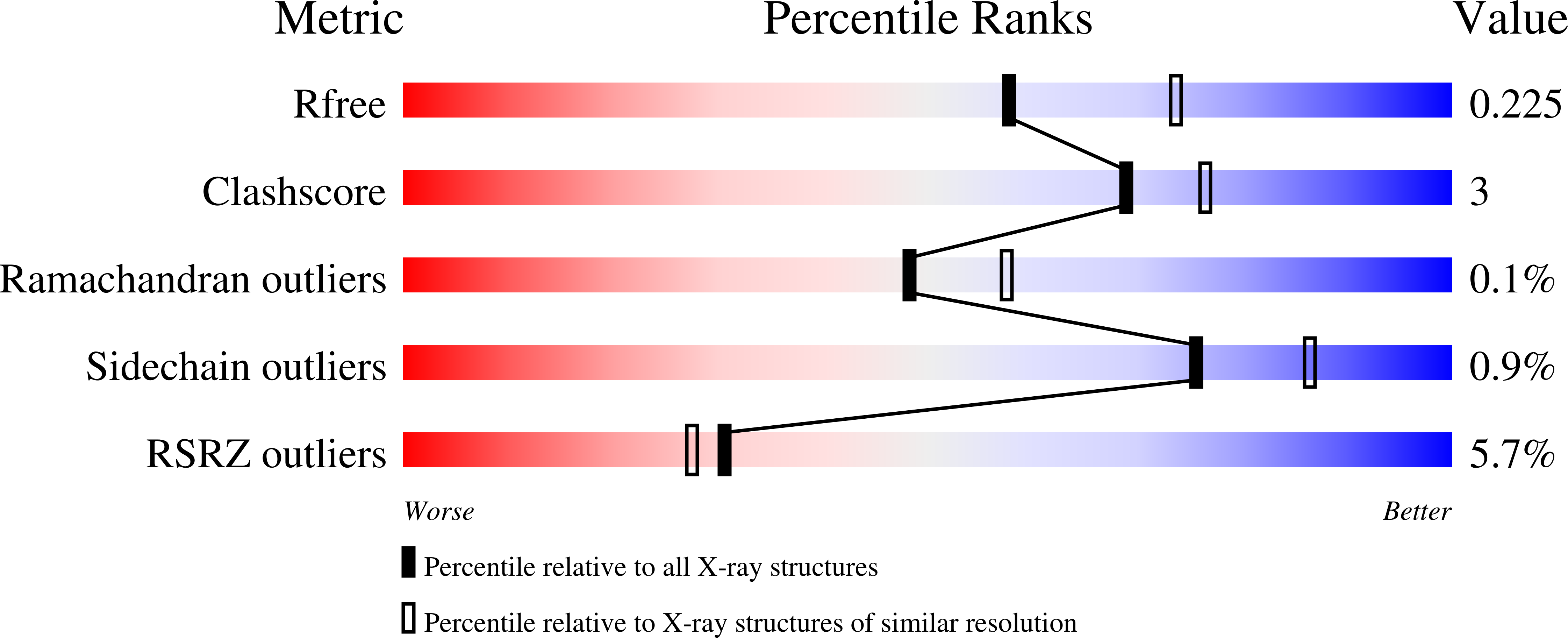
Deposition Date
2024-11-27
Release Date
2025-03-26
Last Version Date
2025-05-21
Entry Detail
PDB ID:
9EJG
Keywords:
Title:
Peptide-independent T cell receptor recognition of HLA-DQ2
Biological Source:
Source Organism:
Homo sapiens (Taxon ID: 9606)
Host Organism:
Method Details:
Experimental Method:
Resolution:
2.20 Å
R-Value Free:
0.22
R-Value Work:
0.19
R-Value Observed:
0.19
Space Group:
I 1 2 1


